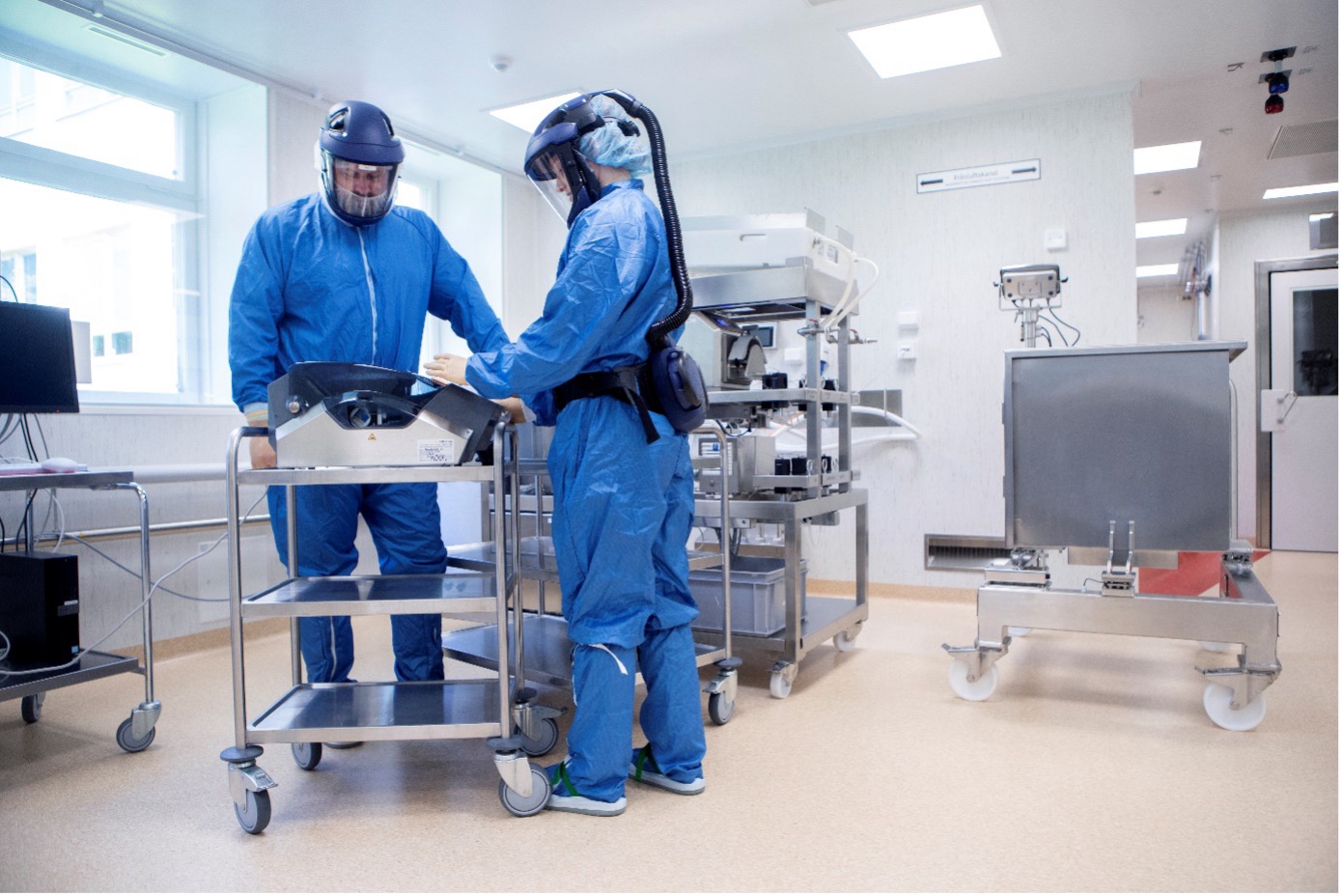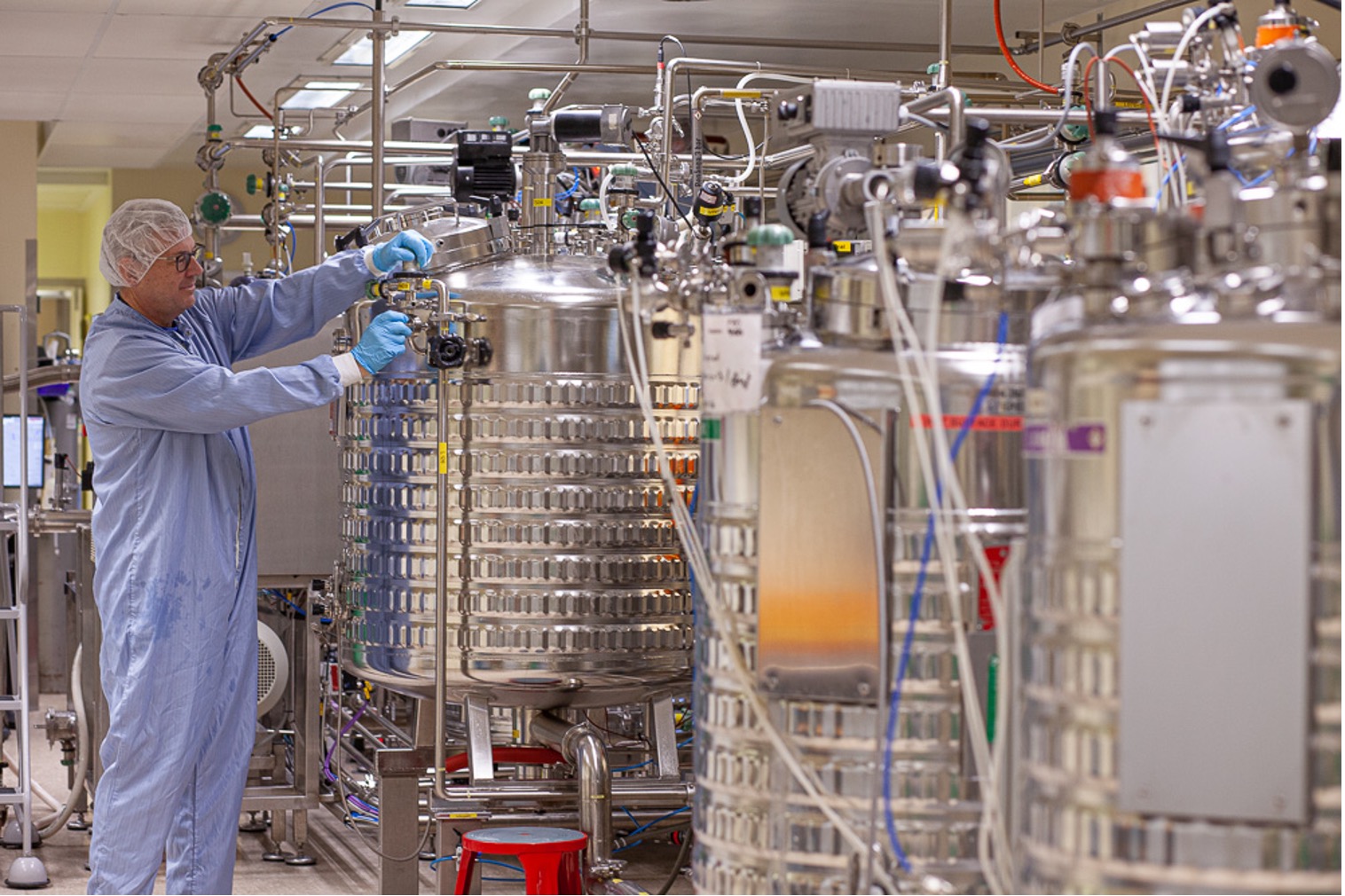JANET HOOGSTRAATE: Sweden holds a unique position in Life Sciences and has, for decades, been a leading nation in research and innovation. With renowned universities, colleges, and a dynamic startup environment, Sweden has established itself as an innovation engine in the field. But it is not only in research and development where Sweden excels. We also have a long and successful tradition of pharmaceutical manufacturing, both for companies’ own products and through contract manufacturing. This gives us a unique standing as a production hub in the Life Sciences sector.
The government’s new Life Science strategy highlights pharmaceutical production alongside innovation. This is an important acknowledgment of the role high-tech manufacturing plays in Sweden’s competitiveness. The production of pharmaceuticals and advanced therapies, known as ATMP (Advanced Therapy Medicinal Products), contributes not only to export revenues but also strengthens our national preparedness and self-sufficiency. Nowadays, it is no longer necessary to take innovations abroad; in Sweden, we have established innovation environments such as Testa Center, NorthX Innovation Hub, and CCRM Nordic that bridge innovation to industrial production domestically.
An Important Part of Sweden’s GDP
The pharmaceutical industry already plays a significant role in Sweden’s economy. According to the industry association Lif, pharmaceutical exports continue to be a strong driver of the Swedish economy, creating a positive trade surplus. To maximize the value of Life Sciences in Sweden, it is crucial that the entire value chain is present – from research and development to the production and commercialization of pharmaceuticals, therapies, and medical devices. However, this requires creating conditions for further investments in manufacturing in Sweden.
.
 A strong production sector can also stimulate other areas of Life Sciences, such as clinical trials and research. Simultaneously, domestic pharmaceutical production provides Sweden with increased resilience in situations where global supply chains risk being disrupted, as highlighted during the pandemic.
A strong production sector can also stimulate other areas of Life Sciences, such as clinical trials and research. Simultaneously, domestic pharmaceutical production provides Sweden with increased resilience in situations where global supply chains risk being disrupted, as highlighted during the pandemic.
Securing Competence – A Key Issue
To maintain and develop Sweden’s competitiveness as a production hub in Life Sciences, securing skilled labor is essential. The manufacturing industry needs dedicated, meticulous, and knowledgeable employees. But how do we get more people to view Life Sciences manufacturing as an attractive career path? Tomorrow's workforce is not only looking for a job but also for opportunities for growth, flexibility, and purpose.
One step in the right direction would be to establish and further develop educational programs closely linked to the industry’s needs. Examples include apprenticeship or trainee programs where the government and private sector collaborate. Such programs could lower the barrier for newly educated individuals to enter the workforce while ensuring the industry has access to the required skills. A clear and well-structured pathway into the labor market also makes Life Sciences more appealing to students when choosing their education.

To further strengthen the availability of skilled workers, Sweden should actively work to attract educated professionals from other countries. It should be easy to move to Sweden and stay here, with support for relocation, housing, and language training at the appropriate level. Additionally, resources should be available to support partners and families, contributing to a safe and welcoming environment for international talents. This is crucial for ensuring Sweden can compete for the best global talent.
A Holistic Approach That Creates Value
With the entire value chain in Life Sciences – from research to high-tech manufacturing – we can continue to create jobs, tax revenues, and increased knowledge. This results in products and services that improve public health and strengthen Sweden’s role as a global leader in Life Sciences. However, achieving this requires collaboration between the government, educational institutions, and industry to ensure we do not lose our competitive edge. Let us build on Sweden’s strengths and secure a sustainable future as a production country in Life Sciences.
Photos: NorthX Biologics
Monthly Perspective allows someone from Stockholm Science City Foundation's network to contribute a free-form text.

